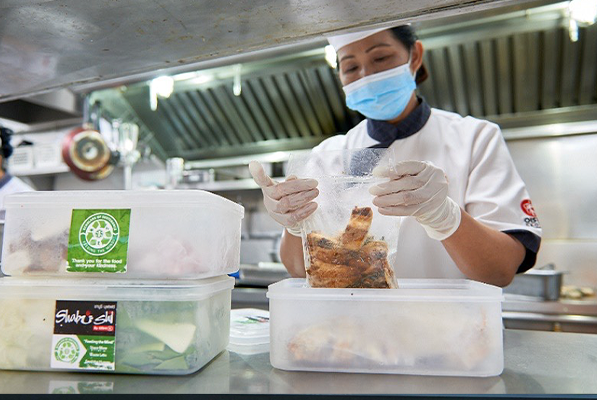

FOOD LOSS AND WASTE








| Details of Food Loss and Waste | Performance in 2023 | % Food Waste to Landfill |
| Total Food Loss and Waste | 2,542.05 metric tonnes |
38.42% |
| Total Food Loss and Waste Utilized for Alternative Purposes | 1,565.44 metric tonnes |
|
| Total Food Waste Discarded | 976.61 metric tonnes |
